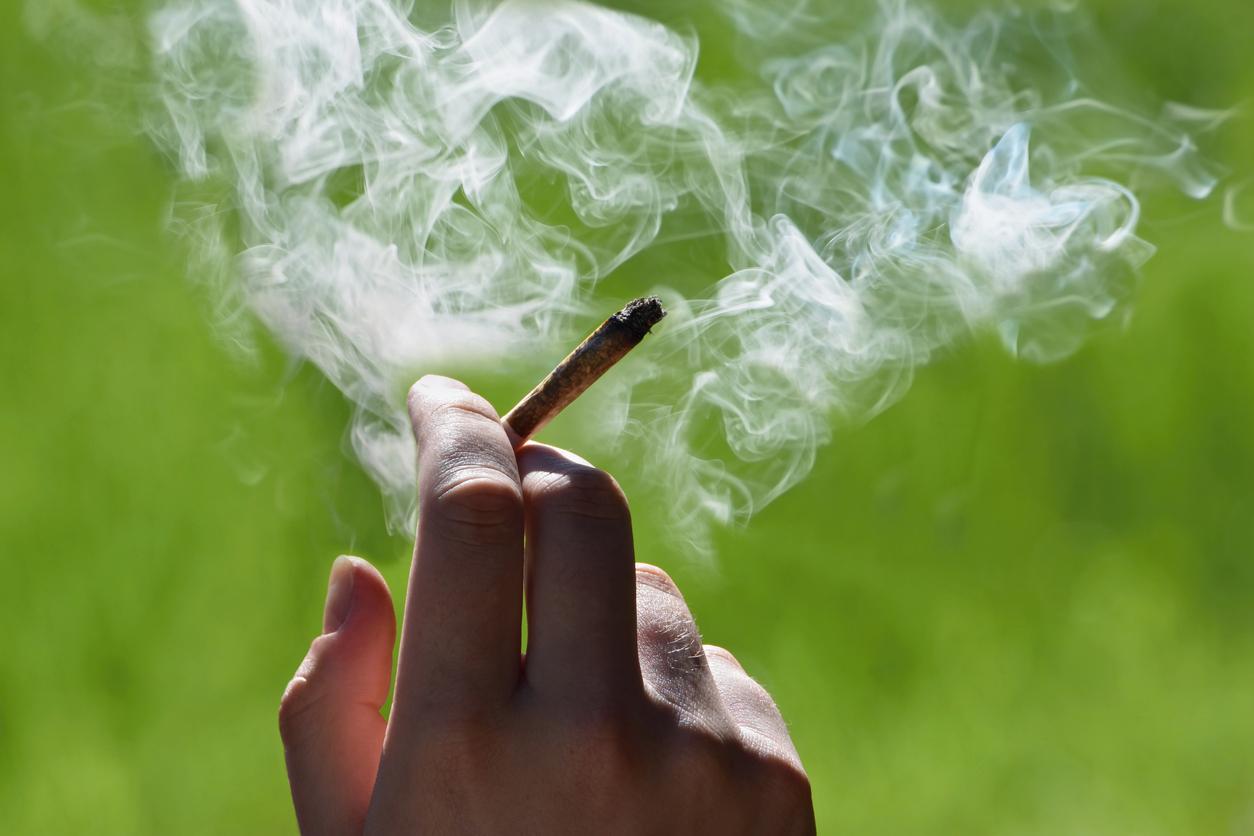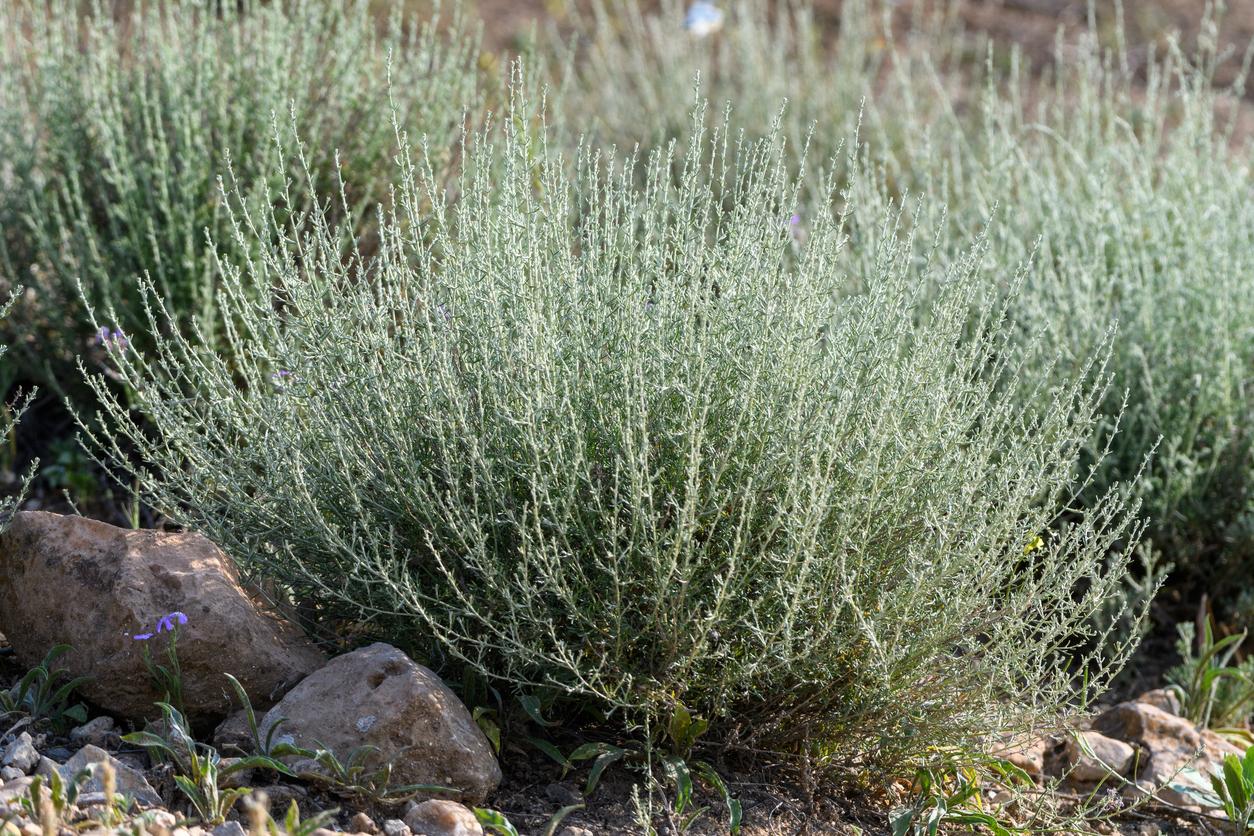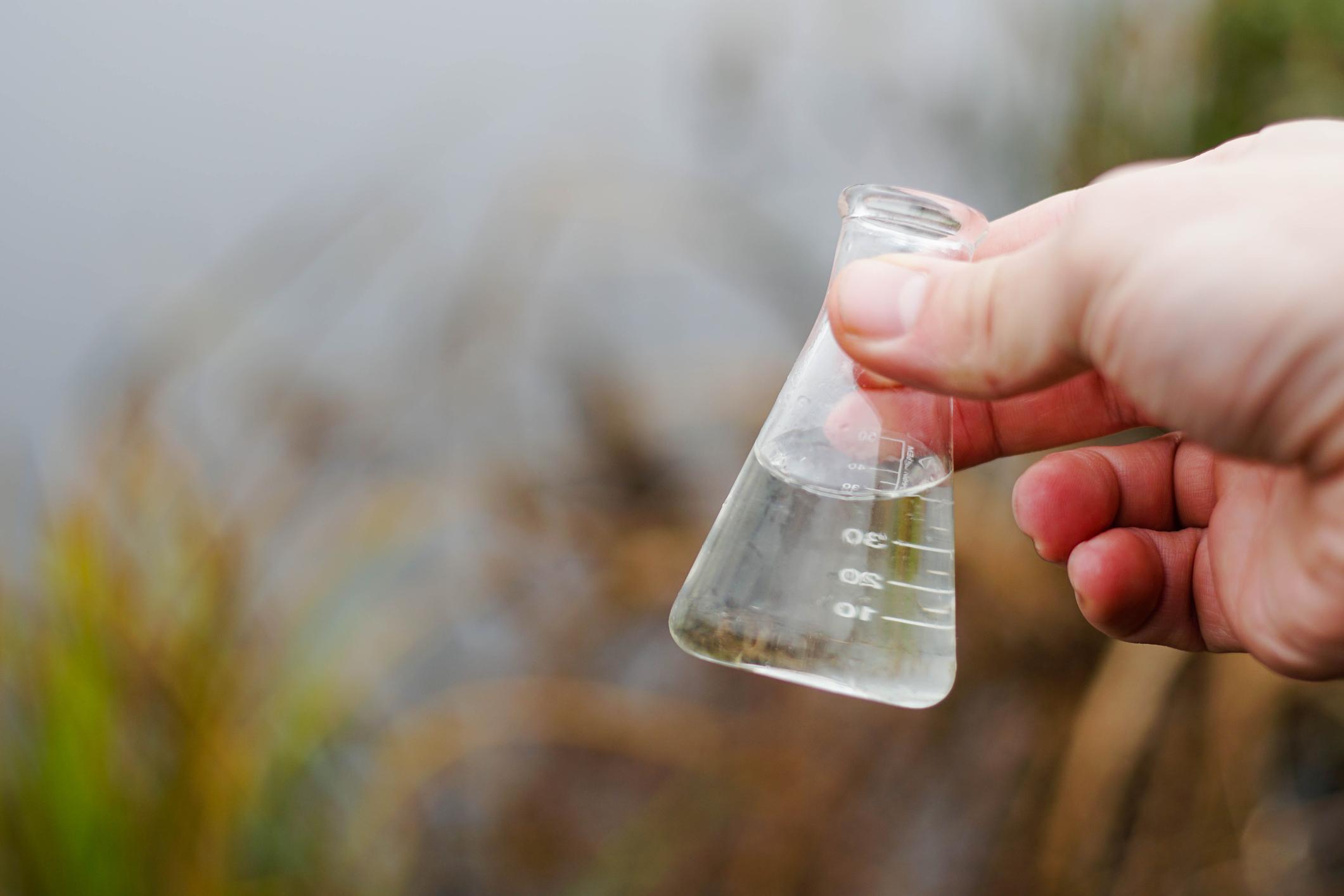By transporting microbes, bacteria and fungi, the smoke from forest fires can have significant repercussions on health.

- Infectious agents resistant to high temperatures can be carried by smoke from wildfires.
- After having traveled hundreds or even thousands of kilometres, they can settle on surfaces or be inhaled, and thus cause infectious diseases hitherto controlled or still unknown.
From Australia to California, Brazil, Antarctica and Central Africa, devastating fires ignited around the world in 2020, ravaging wildlife and spreading toxic fumes for miles . These linger in the atmosphere for a long time, often leading to extremely low air quality levels for several weeks after the fires are brought under control.
Not only can it damage the heart and lungs and trigger allergic and inflammatory respiratory diseases, exposure to wildfire smoke also significantly increases the risk of infection.
This is what brings to light a study published in the journal Science Friday, December 18. According to its authors, the smoke from forest fires participates in the transport of infectious agents such as microbes and bacteria, and can therefore play a role in the spread of diseases. “The health impact of inhaling wildfire smoke increases dramatically during high-emitting wildfires and with prolonged exposure, explains Leda Kobziar, associate professor of wildfire science at the University of Idaho (USA). Yet the risk of respiratory tract infection after this exposure is often overlooked.”
Particles that travel thousands of kilometers
According to the researchers, wildfires are a source of bioaerosols, that is, airborne particles made up of fungal and bacterial cells and their metabolic byproducts. Once suspended in the air, particles smaller than 5 μm can travel hundreds or even thousands of kilometres. Their movement depends on the behavior of the fire and the atmospheric conditions. They end up being deposited or being inhaled.
This means that these infectious agents can spread disease hundreds or kilometers from the source of the fire. This is particularly the case with coccidioidomycosis – a fungus that spreads through the air when soils are disturbed – and which is the cause of Rift Valley fever, a potentially serious infection.
“We don’t know how far and what microbes are carried by the smokeadmits George Thompson, associate professor of clinical medicine at the University of Davis (USA). Some microbes in the soil seem to tolerate, and even thrive in, the high temperatures that follow wildfires.”
“At the scale of a microbe, research into the behavior of fire has shown that heat flux is highly variable, so many microbes may not even be subjected to high temperatures for very long. They can also be protected by small groups of particles”says Professor Kobziar.
A multidisciplinary approach
To better understand the nature of the relationship between infectious agents, wildfire smoke and human health, the researchers propose a multidisciplinary approach. They were thus based on the scientific expertise of different fields such as fire ecology, environmental microbiology, epidemiology, atmospheric sciences, public health and infectious diseases.
“With longer wildfire seasons and higher severity trends, there is an urgent need to work together to study the behavior of smoke-borne microbes and their impact on human health”concludes Professor Thompson.
.

















